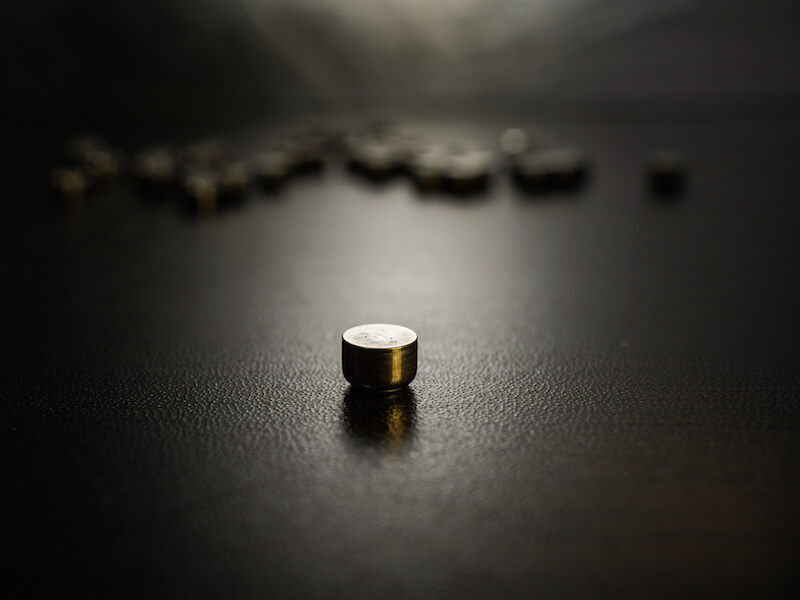
From cameras to phones to music players, how we power our electronics has advanced. A robust, rechargeable hearing aid battery is finally living up to the hopes of hearing aid makers to replace the antiquated disposable power sources of the past.
Disposable hearing aid batteries have historically been the power source of choice among manufacturers, with size 312 batteries being one of the more prevalent battery types. Today, the most popular version of these batteries is generally known as a “zinc-air” battery.
Disposable Hearing Aids Have a Downside
The presence of air effects a zinc-air battery, as the name indicates. The user has to tear a small tab off the back of a 312 zinc-air battery in order to activate it.
They will start losing power as soon as they are completely oxygenated. That means power is beginning to deplete whether the user is ready for it or not.
Most users regard the duration of life to be the biggest disadvantage of disposable batteries. With 312 batteries, the user could be replacing the batteries in their hearing aids around 120 times per year because they die in 3 to 12 days according to some reports.
Because of this, besides having to purchase 120 batteries, the user will need to switch and properly dispose of batteries at least twice a week. From a cost point of view alone, that likely equates to over $100 in battery costs.
Rechargeable battery Improvements
Fortunately, for hearing aid users looking for another alternative, there have been profound developments to rechargeable hearing aids that now make them a practical option.
The vast majority of people would wear rechargeable hearing aids if given an alternative according to some research. Until now these models have historically struggled to give a long enough charge to make them worthwhile. But modern rechargeable batteries will last all day without needing a recharge.
Users won’t see significant cost savings by changing to rechargeable batteries, but where they will see a demonstrated improvement is in quality of life.
These new models give less aggravation on top of keeping a 24 hour charge because the user doesn’t deal with the burden of constantly changing out the batteries. They simply need to put the battery on the charger.
When a disposable battery nears the end of its life it doesn’t run your hearing aid at full capacity. And you can’t tell how near the battery is to failing. Consequently, users risk putting themselves in a situation where their battery could die at a crucial time. A faulty battery will not only cause a safety hazard, it could cause the user to miss out on key life moments.
Hearing Aids Come in Different Types
There are distinct benefits to each of the different materials that rechargeable batteries are made of. The ability to maintain a charge for 24 hours is one reason why integrated lithium-ion batteries are one viable option that manufacturers provide. And cellphones are powered by this same kind of battery which may be surprising.
Silver-zinc technology is another material used for today’s rechargeable hearing aids. This revolutionary technology was initially developed for NASA’s Apollo missions to the moon. You can even use this technology to upgrade and retrofit the existing hearing aids you’re comfortable with by converting the device to rechargeable power. Just like lithium-ion, silver-zinc can also provide enough power to last you for a full day.
There are also models that let you recharge the hearing aid without removing the battery at all. During the night, or at some other time when the hearing aid is not being used, the entire hearing aid can be put directly into the charger
While each of these rechargeable strategies offers significant benefits over disposable batteries, each approach should be carefully vetted to get a complete picture and to discover if it’s right for you.
If you’re searching for more information about hearing aid technology or how to determine the ideal hearing aid to meet your needs, we encourage you to look at our hearing aids section.